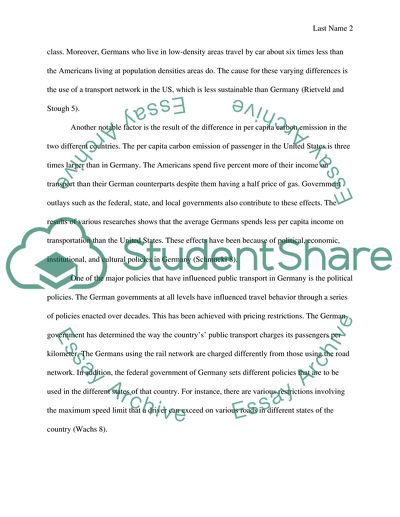Cite this document
(“Transportation policies Research Paper Example | Topics and Well Written Essays - 1750 words”, n.d.)
Transportation policies Research Paper Example | Topics and Well Written Essays - 1750 words. Retrieved from https://studentshare.org/geography/1594455-transportation-policies
Transportation policies Research Paper Example | Topics and Well Written Essays - 1750 words. Retrieved from https://studentshare.org/geography/1594455-transportation-policies
(Transportation Policies Research Paper Example | Topics and Well Written Essays - 1750 Words)
Transportation Policies Research Paper Example | Topics and Well Written Essays - 1750 Words. https://studentshare.org/geography/1594455-transportation-policies.
Transportation Policies Research Paper Example | Topics and Well Written Essays - 1750 Words. https://studentshare.org/geography/1594455-transportation-policies.
“Transportation Policies Research Paper Example | Topics and Well Written Essays - 1750 Words”, n.d. https://studentshare.org/geography/1594455-transportation-policies.


